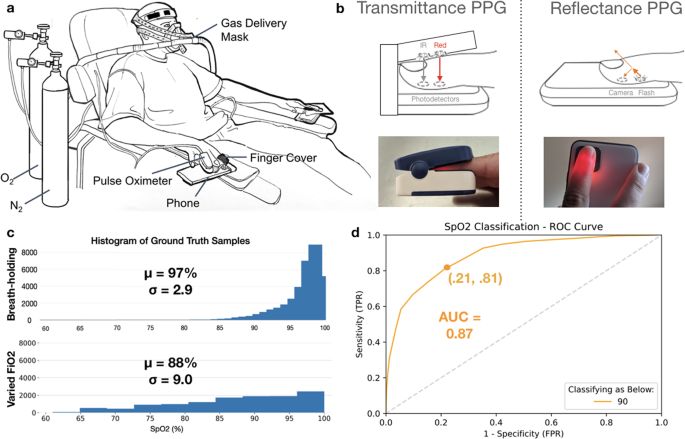2022-9-19 ミシガン大学

A news study reiterates that it’s best not to double up on blood thinners by taking aspirin along with commonly prescribed warfarin to lessen the risk of bleeding complications. Photo by Daniel Case/Wikimedia Commons
研究によると、ワルファリンを服用している6,700人以上の患者のアスピリン使用率が46.6%減少した場合、出血性合併症を起こすリスクが32.3%と大幅に減少したことが明らかになった。
これまで研究チームは、明確な心血管リスクがない人がワーファリンと併用してアスピリンを服用すると、出血性合併症の発生率が高くなることを発見していた。今回の研究では、アスピリンの使用を積極的に中止することで、このことが確認された。
<関連情報>
- https://www.upi.com/Health_News/2022/09/19/warfarin-aspirin-bleeding-complications-study/9671663595331/
- https://jamanetwork.com/journals/jamanetworkopen/fullarticle/2796492
抗凝固剤としてワルファリンを投与されている患者に対するアスピリン処方を減らすための介入策の評価 Assessment of an Intervention to Reduce Aspirin Prescribing for Patients Receiving Warfarin for Anticoagulation
Jordan K. Schaefer, Josh Errickson, Xiaokui Gu, Tina Alexandris-Souphis, Mona A. Ali, Brian Haymart, Scott Kaatz, Eva Kline-Rogers, Jay H. Kozlowski, Gregory D. Krol, Vinay Shah, Suman L. Sood, James B. Froehlich, Geoffrey D. Barnes,
JAMA Network Open Published:September 19, 2022
DOI:10.1001/jamanetworkopen.2022.31973
Key Points
Question Is it possible to reduce excess aspirin (acetylsalicylic acid) use among patients treated with warfarin, and is reducing excess aspirin use associated with improved clinical outcomes?
Findings This multicenter quality improvement study of 6738 adults taking warfarin for atrial fibrillation and/or venous thromboembolism without an apparent indication for concomitant aspirin found that an anticoagulation clinic–based aspirin deimplementation intervention was associated with a significant acceleration of a preexisting decrease in excess aspirin use. Reducing aspirin use was associated with significantly less bleeding and health care use; no increase in thrombotic outcomes was observed.
Meaning This study suggests that it is possible to reduce aspirin use without a clear indication and that this effort may be associated with improved clinical outcomes.
Abstract
Importance For some patients receiving warfarin, adding aspirin (acetylsalicylic acid) increases bleeding risk with unclear treatment benefit. Reducing excess aspirin use could be associated with improved clinical outcomes.
Objective To assess changes in aspirin use, bleeding, and thrombosis event rates among patients treated with warfarin.
Design, Setting, and Participants This pre-post observational quality improvement study was conducted from January 1, 2010, to December 31, 2019, at a 6-center quality improvement collaborative in Michigan among 6738 adults taking warfarin for atrial fibrillation and/or venous thromboembolism without an apparent indication for concomitant aspirin. Statistical analysis was conducted from November 26, 2020, to June 14, 2021.
Intervention Primary care professionals for patients taking aspirin were asked whether an ongoing combination aspirin and warfarin treatment was indicated. If not, then aspirin was discontinued with the approval of the managing clinician.
Main Outcomes and Measures Outcomes were assessed before and after intervention for the primary analysis and before and after 24 months before the intervention (when rates of aspirin use first began to decrease) for the secondary analysis. Outcomes included the rate of aspirin use, bleeding, and thrombotic outcomes. An interrupted time series analysis assessed cumulative monthly event rates over time.
Results A total of 6738 patients treated with warfarin (3160 men [46.9%]; mean [SD] age, 62.8 [16.2] years) were followed up for a median of 6.7 months (IQR, 3.2-19.3 months). Aspirin use decreased slightly from a baseline mean use of 29.4% (95% CI, 28.9%-29.9%) to 27.1% (95% CI, 26.1%-28.0%) during the 24 months before the intervention (P < .001 for slope before and after 24 months before the intervention) with an accelerated decrease after the intervention (mean aspirin use, 15.7%; 95% CI, 14.8%-16.8%; P = .001 for slope before and after intervention). In the primary analysis, the intervention was associated with a significant decrease in major bleeding events per month (preintervention, 0.31%; 95% CI, 0.27%-0.34%; postintervention, 0.21%; 95% CI, 0.14%-0.28%; P = .03 for difference in slope before and after intervention). No change was observed in mean percentage of patients having a thrombotic event from before to after the intervention (0.21% vs 0.24%; P = .34 for difference in slope). In the secondary analysis, reducing aspirin use (starting 24 months before the intervention) was associated with decreases in mean percentage of patients having any bleeding event (2.3% vs 1.5%; P = .02 for change in slope before and after 24 months before the intervention), mean percentage of patients having a major bleeding event (0.31% vs 0.25%; P = .001 for change in slope before and after 24 months before the intervention), and mean percentage of patients with an emergency department visit for bleeding (0.99% vs 0.67%; P = .04 for change in slope before and after 24 months before the intervention), with no change in mean percentage of patients with a thrombotic event (0.20% vs 0.23%; P = .36 for change in slope before and after 24 months before the intervention).
Conclusions and Relevance This quality improvement intervention was associated with an acceleration of a preexisting decrease in aspirin use among patients taking warfarin for atrial fibrillation and/or venous thromboembolism without a clear indication for aspirin therapy. Reductions in aspirin use were associated with reduced bleeding. This study suggests that an anticoagulation clinic–based aspirin deimplementation intervention can improve guideline-concordant aspirin use.


